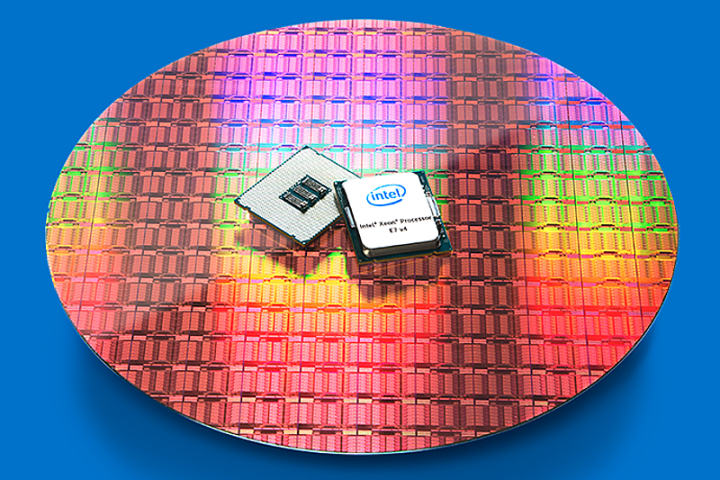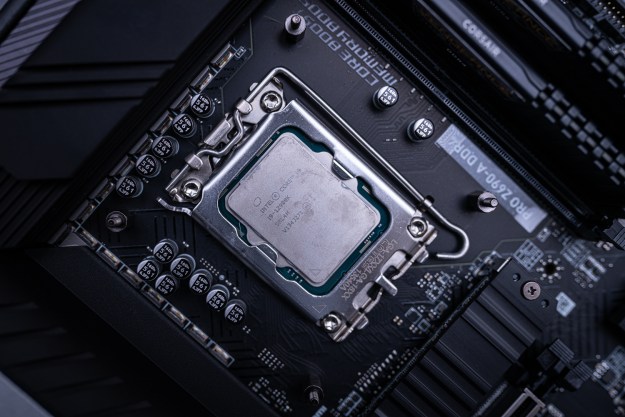
As least this is what researchers at North Carolina State University believe. They want the transistors on a CPU, which are traditionally only capable of singular calculations, to be reconfigured on the fly to be able to calculate just about anything that the system needs them to, allowing the full power of a processor to be used at all times, if needed.
As it stands with singular capabilities, transistors can often sit dormant, but with an analogue circuit connected to a digitally configurable interface, they could all be utilized for any task, rather than just specific functions.
The best part of this theory is that it’s already more than that. The university’s researchers have fabricated an integrated circuit chip that does contain working nonlinear circuits, as per ScienceDaily.
“We believe that this chip will help solve the challenges of demands for more processing power from fewer transistors,” said the author of the study. “The potential of 100 morphable, nonlinear chaos-based circuits doing work equivalent to 100 thousand circuits, or of 100 million transistors doing work equivalent to three billion transistors, holds promise for extending Moore’s law — not through doubling the number of transistors every two years but through increasing what transistors are capable of when combined in nonlinear and chaotic circuits.”
In essence, this technique would make the transistors capable of much more than they are currently, letting their particular tasks be rewritten on the fly, rather than just relying on them toforce their way through a problem, or not having them involved at all.
This would give chip designers the opportunity to improve performance and efficiency without necessarily needing to increase the density of transistors on a chip, giving Moore’s Law a little more breathing room, and meaning that we don’t need to move over to entirely new materials or standards like spintronics for a little while longer.



